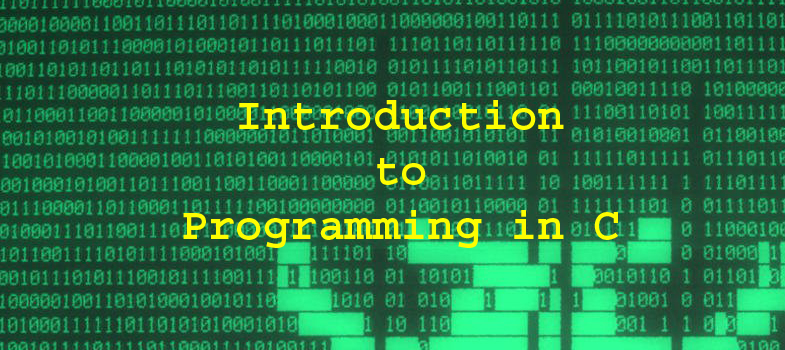Block Diagram of a Computer

Figure-1: Block Diagram of a Computer system
Input Unit-
An input unit of a computer system performs the following functions-
1. It accepts (or read) data and instructions from the outside world (for example- in English)
2. It converts these data and instructions in computer acceptable form (i.e. into Binary/Coded Form)
3. It supplies the converted data and instructions to the computer system for further processing.
Output Unit-
An output unit of a computer system performs the following functions-
1. It accepts the results produced by the computer, which are in coded form and hence, cannot be easily understood by the user.
2. It converts these coded results to human acceptable (readable) form.
3. It supplies the converted results to outside world.
Storage Unit-
The storage unit of a computer system holds (or stores) the following-
1. Data and instructions required for processing (received from input devices)
2. Intermediate results of processing.
3. Final results of processing, before they are released to an output device.
There are two types of storage in a computer system-
Primary Storage
- Instructions of programs running in the computer system, are stored in the primary memory
- It is used to hold data, intermediate results, and results of ongoing processing of job(s).
- It is fast in operation.
- It is small in storage capacity.
- It is expensive.
- It is volatile in nature (i.e. if power turns off then data stored in it is lost)
- Example - Random Access Memory (RAM)
Secondary Storage
- It is used to hold stored program instructions.
- It is used to hold data and information of stored jobs.
- It is large in storage capacity.
- Due to large storage capacity, It is slower in operation than primary storage.
- It is much cheaper than primary storage.
- It is non-volatile in nature (i.e. if power turns off then data stored in it will not lost)
- Example - Hard Disk, Pen Drive, etc.
Central Processing Unit (CPU)
- It is the brain of a computer system.
- It is responsible for controlling the operations of all other units of a computer system.
- It consist of an Arithmetic Logic Unit and Control Unit.

Figure-2: Components of a Central Processing Unit (CPU)
Arithmetic Logic Unit (ALU)
Arithmetic Logic Unit of a computer system is a place where the actual execution of instructions takes place during processing operation. As the name suggests, it is responsible for performing all arithmetic operations (such as addition, subtraction, multiplication. division etc.) and logical operations (such as less than, greater than, equal to, etc.).
Control Unit
Control Unit of a computer system manages and coordinates the operations of all other components of the computer system.
Note-
One more part is there inside the Central Processing Unit called as CPU Registers.
Registers have very small storage capacity with very high execution speed. They are used by the processor to store small amount of intermediate data that are needed during processing of instructions. There are many registers available in the CPU, each has some name and is used for specific purpose. Some of them are-
- Accumulator (AC)
- Memory Address Register (MAR)
- Memory Data Register (MDR)
- Program Counter (PC)
- Instruction Register (IR)
- General Purpose Registers, etc.
Example-
- The address of next instruction to be executed is stored in a register named Program Counter (PC).
- Current instruction which is being decoded is stored in a register named Instruction Register (IR), etc.
